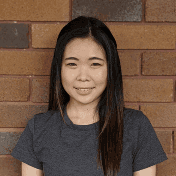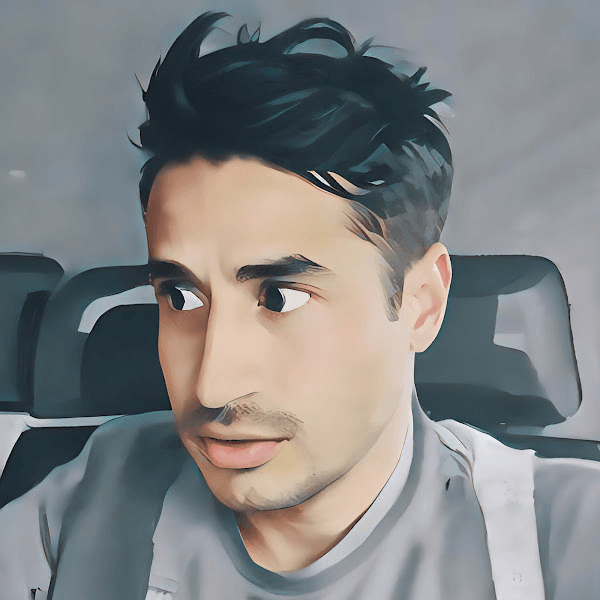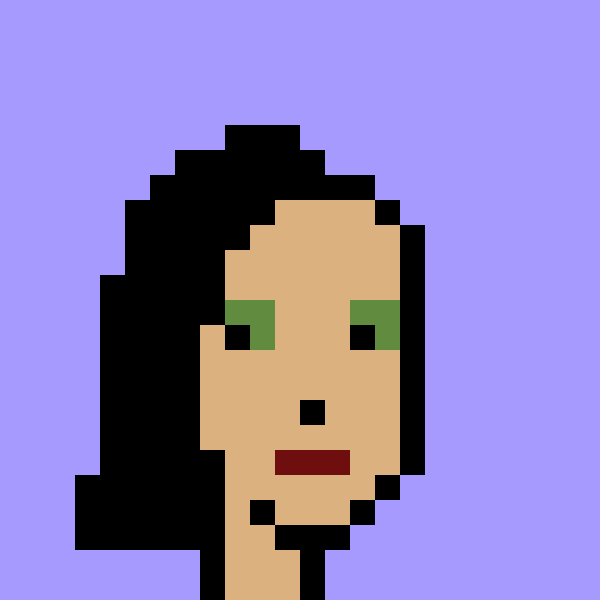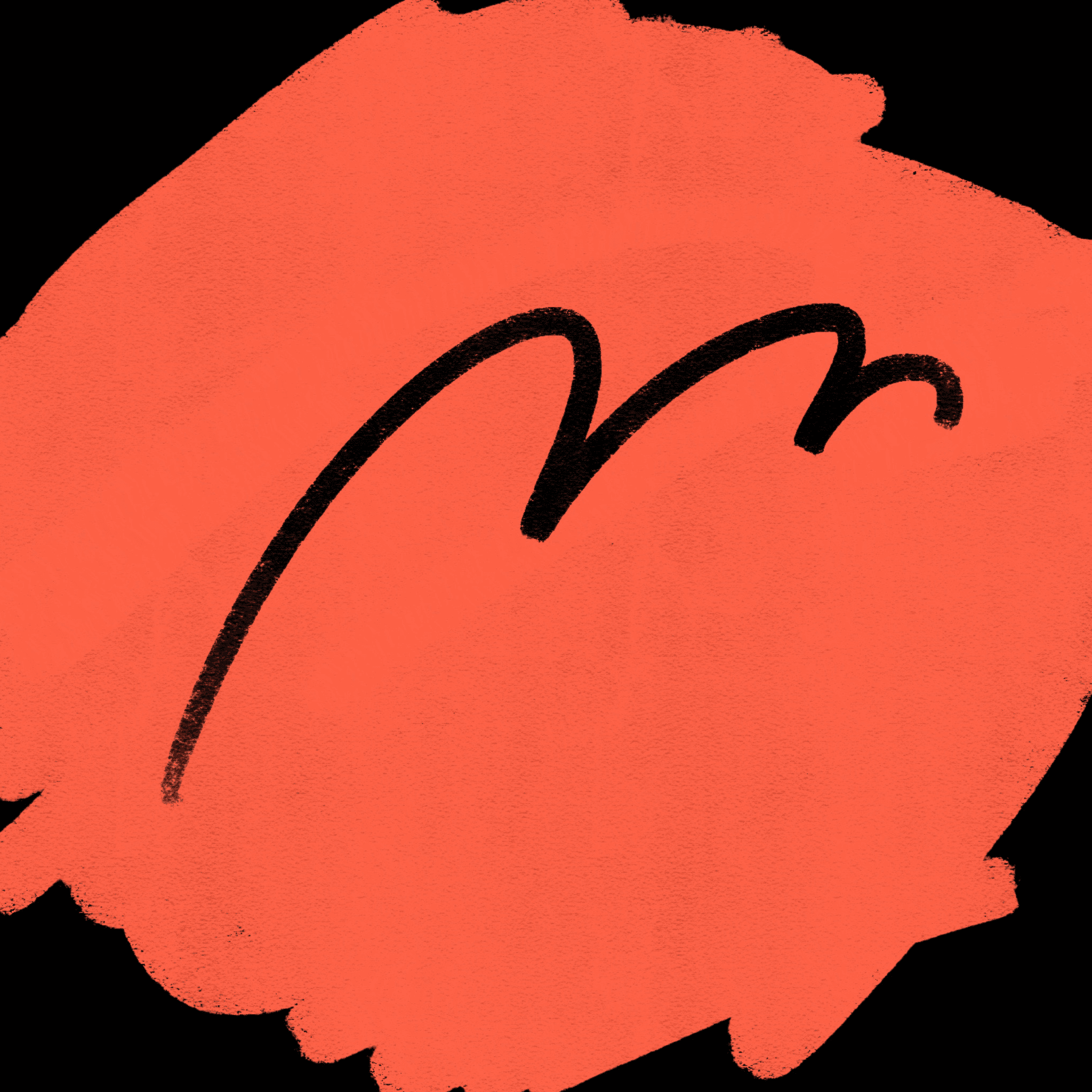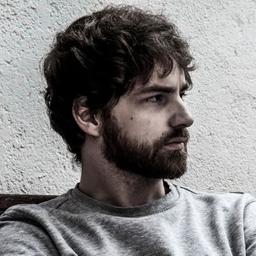An original counterargument to “AI art isn’t art” and “there’s no skill needed to create art with AI” — and why this will be the demise of democratic art.
Last week, game designer Jason Allen used the AI model Midjourney to create “Théâtre D’opéra Spatial,” the artwork you see in the cover image. It’s a nice piece that, although exudes a clear AI scent, has found a delicate mix between traditional baroque opera style, reflected in people’s clothing, and Dune-like sci-fi architectural features. Just another day in the AI art space. Except it isn’t. Allen’s Théâtre D’opéra Spatial has won 1st place at a fine arts competition at a Colorado State Fair in the category of digital art for emerging artists — not necessarily a big feat by itself, but maybe a hint of what’s to come.
Several major news outlets have covered the news which has had two effects. First, it may suggest the event has more significance than it actually has (Allen was competing only against 17 other entries), and, second, the coverage has directed unwanted attention to Allen and the field of AI art. This isn’t the first time people — traditional creative workers mainly, but also spectators outside of art and AI — criticize this new wave of AI tools and those using them. I’ve previously written about this and I reaffirm my conclusion: We have to have respectful and open-minded conversations.
However, more people have begun to realize the potential repercussions of this new AI trend, and, as those become real (Allen’s win is just the latest example), criticisms are getting louder. This article isn’t just about Allen’s story, but about the bigger picture that the ubiquity of AI-generated artwork, the exalted critics, and the broad coverage of both are painting (pun intended).
I’ll try to refute the most common arguments people have used against Allen — and against AI-generated art and artists that use the tools, more generally. Those take the form of “anyone can use AI to create images but that doesn’t make them artists,” “there’s no skill needed to use these tools,” and people’s favorite: “AI art isn’t art.”
AI art does require non-trivial skills
Let’s start with one particular criticism that I’ve previously defended: Generating art with AI requires close to no skill on the side of the human creator/author (or prompter, whatever you prefer).
I tried Midjourney by myself and I realized that I could get decent paintings with simple prompts, effectively delegating most (when not all) of the work to the model. It made no sense to me to say that I was “creating” the artwork. I didn’t know how I influenced the algorithm internally with my wording (because the model is opaque) and I couldn’t recreate the same work due to its stochasticity (although fixing the seed helps).
I concluded that inputting prompts to AI art models like Midjourney, Stable Diffusion or DALL·E is akin to giving them a light push so they can do all the work while waiting for the output — largely losing my intent and agency over the final result. I wasn’t using AI’s help to do the work (as it happens with a brush, a camera, or an edition software). It was the AI using my help to figure everything else out. (Even if my opinion is now subtly different, as I’ll explain now, I still think this is what happens in most cases.)
However, in the few days people have been experimenting with Stable Diffusion, I’ve seen a lot of artwork clearly going beyond what I could do with a “simple prompt.” Here are a few examples:
"Voyage through Time"
is my first artpiece using #stablediffusion and I am blown away with the possibilities...
We're crossing a threshold where generative AI is no longer just about novel aesthetics, but evolving into an amazing tool to build powerful, human-centered narratives pic.twitter.com/9suZeDyY8Q— Xander Steenbrugge (@xsteenbrugge) August 13, 2022
Combining @StabilityAI #StableDiffusion generative powers + Human guidance and graphic skills* with tools like @Photoshop in a coherent workflow.
* Of which I've got about 0 as can be seen below. pic.twitter.com/3L1vteAEKA— William Buchwalter (@wbuchw) August 26, 2022
Testing #stablediffusion notebook by @deforum_art
I used the init image. It’s amazing at times how some of the images in the video have been turned into cartoon#AIart #deforum pic.twitter.com/bkwtmRVjfX— Remi (@remi_molettee) August 24, 2022
I wouldn’t even know where to start to make these. As someone who is closely following the AI art community and somewhat skilled with these tools, I’ve come to appreciate the skill it takes to achieve those outputs. They aren’t just impressive to witness, the authors themselves sometimes explain how they’ve created their pieces and I know they require skill.
Before I elaborate on my arguments, let me make something clear. I’m not, in any way, comparing the skill it takes to come up with a precise prompt with what it takes to paint a competition-winning oil on canvas painting. The abilities required for each are so distinct that direct comparison is nonsense.
But even if the skill needed to find a great prompt is easier to acquire — and mostly based on intuition and search rather than raw practice — it’s skill nevertheless. In the same way an “AI artist” (if you allow me the expression) wouldn’t be able to recreate the beauty of a Monet by hand, a traditional artist may not know how to start engaging an AI model to generate something as beautiful.
However, I acknowledge that the learning curves are wildly different for these types of artistic creations. Even if both oil on canvas painting and prompt engineering require some skill, the degree to which human craftsmanship is involved in the quality of the result varies greatly, which makes the above reasons not sufficient to counterargue the criticism of “AI art doesn’t require skill” — it only reduces it to “AI art requires non-trivial — but easy-to-obtain — skills in comparison to other forms of art.”
Additionally, an important point I’ll come back to in the next section is that so far, most of the skills it takes to get the best out of AI art models are non-artistic. Knowing how to code is significantly more impactful in the quality of the results than say, recognizing painting techniques and styles, or knowing historically praised artists and pieces. This doesn’t happen in hand-made or digital art. It’s after factoring out technical skills that I can say AI art requires easy-to-obtain skills. (It’d be fair to argue that these skills should be taken into account but I’ll still make my point only on artistic skill as it’s where the criticism focus.)
For these various reasons, I’m going to travel with you more than a hundred years back. I’m going to tell you a story about the nature of newborn creative technology: AI art tools share with photography more than their capacity to influence our understanding of art.
The singular nature of new creative technology
Photography wasn’t invented to create art. As I’ve written elsewhere, “[photography] was promptly embraced by the general public but was perceived as a mechanistic way to record the fleeting moments of life. It was a skill, a matter of technical ability, not an art.” Here’s where the parallelisms with AI art models start: The skillset needed to operate early cameras wasn’t artistic, but technical. It was only throughout the decades that both types of ability fused. Nowadays, knowing how to take a stunning picture is regarded as a technical as much as an artistic skill.
Still, despite the highly technical nature of early cameras, artists felt threatened by the easiness with which they allowed people to capture reality. Photography “democratized the access to paintings — as taking a snapshot of reality was suddenly a matter of minutes and not days.” Some artists moved, free of ties, from the objective to the abstract. Others, instead, embraced the new technology and transformed it into what we think of today when we see an intentionally singular picture: art.
As a newborn technology, cameras were a primitive tool. The daguerreotype, publicly announced in 1839, was heavy, slow, and rather rigid in its capacity to take pictures. There was an ocean of improvement between this archaic version of the camera to what we have access to today. Cameras in our smartphones are fast and super high-quality. The same will happen with AI art models. They’re now at the same stage photography was in the mid-20th century — they’re in their infancy.
Let me show you a glimpse of their history. Seven years ago we had this:

Then, in 2021 we had these:


And it took barely a year to get to this:


The extremely fast progress of AI could very well be projected into what’s to come — at an accelerated pace. Only time will tell what will be possible seven years from now.
Entwined with the evolution of a piece of technology — either in terms of technical improvements or new use cases — is our understanding of what’s possible to achieve with it. Early photographers didn’t know much about modes and settings, they had to figure out the effects of position, lighting, angle, or focal length. They explored the uncharted territories of photography and eventually discovered (and invented) the virtually endless possibilities it offers.
The ceiling of technology raises — most evidently on those of creative nature — as its design improves and people find new use-cases. As you saw above, current AI art models allow people to make all kinds of incredible creations, while DeepDream was extremely limited in scope, style, and output.
As a given technology evolves, and with it our understanding of its potential, people’s skills will get sharper — and, in the case of the creative kind, our judgment of what deserves praise, harsher. But not everyone’s skillset will develop accordingly. Once photography matured, it was very easy — for experts, at least — to recognize if a pic was the deed of a professional photographer or an amateur one. Again, the same will happen with AI art models. Only those who are willing to take the time and dedication to first, understand their inner technical workings, second, explore what’s possible to create with them, and third, master the skills required to get it done are those we will eventually call artists — or AI artists.
Turning this multifaceted argument in its head, we have that a hallmark of a newborn technology is that it isn’t yet completely developed so we don’t quite understand what’s possible and thus the skills needed to get the best of it are notably easy to obtain. When photography appeared, artists worried that it was suddenly easy for anyone to take faster and more faithful shots of the world. Now, they worry about AI art models’ capacity to take away the burden of developing creative skills from the creator. Can anyone make fancy images with AI tools now? Well, (mostly) yes, but the only reason why, is that the technology is new. Soon, AI art creators will have to study, practice, and devote themselves to it if they want to stand out and succeed.
Now, the argument of “AI art requires non-trivial — but easy-to-obtain — skills in comparison to other forms of art,” changes to “AI art is too new to be judged in comparison to mature forms of art.” My prediction is that, as this technology evolves with time and use, AI art will slowly take the shape of a new art category on its own — pretty much like photography did more than a hundred years ago.
Can anyone be an AI artist?
The answer right now may be “yes” (heavily leaning toward “it depends”), but soon enough it’ll be “no”. I believe AI art tools will develop in breadth and depth in such a way that only those willing to devote their lives to the craft will come out on top, being widely regarded as AI artists. I don’t dare to predict a date, but eventually, most people now using Stable Diffusion and Midjourney non-stop won’t have the patience or determination to follow a path that will, sooner than later, become too long and intricate to walk effortlessly.
AI art models will become a mature creative technology with endless possibilities requiring years to master. Art will, once again, become the realm of a few brave — or crazy — enough to take as a professional career. Those who are now gatekeeping art will be happy again, while most of us will go back to the historically common label of non-artist. So, enjoy while you can the feeling of being part of an art movement because we’re approaching the inflection point.
Subscribe to The Algorithmic Bridge. Bridging the gap between algorithms and people. A newsletter about the AI that matters to your life.




